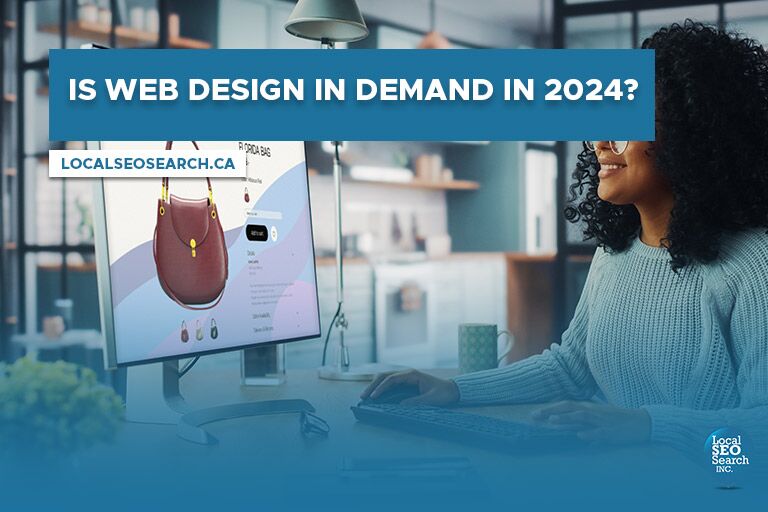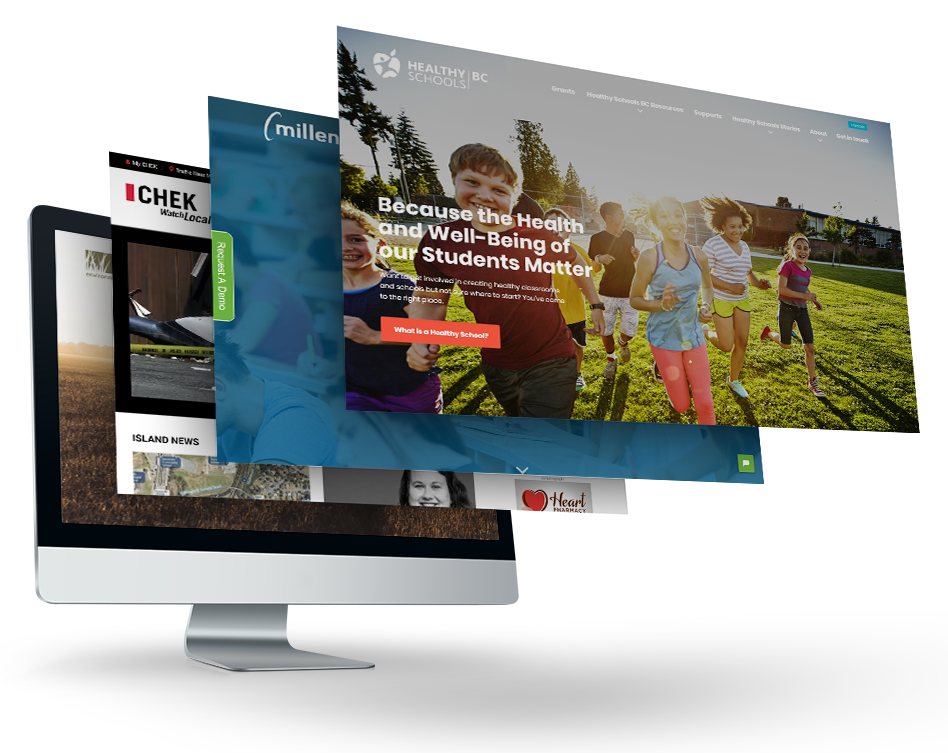Website Design in copyright: Building Mobile-Friendly Websites for Modern Audiences
Website Design in copyright: Building Mobile-Friendly Websites for Modern Audiences
Blog Article
Boost Involvement With Innovative Website Style Solutions
An attentively crafted individual experience, underpinned by calculated aesthetic design and interactive components, can substantially enhance customer involvement. By exploring numerous approaches such as responsive layout and tailored material, businesses can produce a platform that not just captivates users yet also cultivates long-lasting loyalty.
Understanding Individual Experience
Recognizing customer experience (UX) is vital for creating reliable site layout services, as it straight affects how individuals interact with digital platforms. A comprehensive UX technique incorporates various aspects, consisting of usability, access, and user fulfillment, every one of which add to the total performance of a website.
To start with, usability focuses on how quickly individuals can navigate and discover the information they seek. Accessibility ensures that all customers, consisting of those with disabilities, can efficiently interact with the internet site.
In addition, understanding user characters is essential for customizing the experience to satisfy certain audience needs. By performing individual research study and screening, developers can collect insights that inform design choices, guaranteeing the website not only meets aesthetic goals but likewise fulfills practical demands. Inevitably, a thoughtful technique to UX design fosters engagement, urges retention, and enhances total user fulfillment, which are important for the success of any kind of digital system.
Visual Style Approaches
Integrating effective visual layout approaches is crucial for recording individual focus and improving the total user experience on a web site. A well-balanced visual power structure guides individuals via the web content, enabling them to conveniently navigate and take in information. This can be accomplished with the strategic use typography, color design, and spacing, which jointly create a appealing and natural format.
Shade plays a pivotal function in establishing and stimulating feelings brand name identification. Utilizing a balanced shade palette that straightens with the brand name's values can foster familiarity and trust fund. Additionally, including premium photos and graphics boosts aesthetic charm and can dramatically improve user engagement.
Whitespace, frequently overlooked, is just as crucial as it permits material to breathe and stops overwhelming individuals with clutter. It helps with less complicated reading and understanding, bring about an extra satisfying surfing experience.

Interactive Components for Interaction

One key element of interactive style is personalization. Tailoring experiences based on customer behavior and choices can substantially boost involvement. For example, personalized material suggestions or dynamic user interfaces that adapt to individual selections develop a sense of possession and relevance, motivating customers to check out even more.
Gamification is another effective method. Integrating game-like elements, such as success or benefits for completing jobs, can transform ordinary communications into pleasurable experiences. This strategy not only enhances interaction yet also urges individuals to return, producing a faithful target market.
Furthermore, interactive components can promote social sharing, intensifying a site's reach. Attributes like comment areas, share switches, and user-generated material areas foster neighborhood communication, turning site visitors right into energetic participants (website design copyright). Eventually, the strategic usage of interactive components is essential for developing a compelling and appealing site that resonates with individuals
Adaptive and responsive Design
A properly designed website has to focus on receptive and adaptive style to guarantee optimum user experiences across a range of tools and screen dimensions. Receptive design employs fluid grids and versatile pictures, permitting the format to automatically change based on the customer's screen size. This approach makes sure that customers can conveniently connect and browse with the web content, no matter whether they are utilizing a tablet computer, smart device, or desktop .
On the other hand, flexible layout makes use More Info of predefined designs that are tailored to certain tool classifications. This indicates that the web site detects the sort of device being used and serves the suitable layout, which can boost loading times and enhance the screen of necessary aspects. While both methods intend to enhance usability, responsive style is commonly preferred for its fluidity and smooth shift between devices.
Including receptive and adaptive layout not only enhances customer contentment but also favorably affects online search engine rankings. Look engines prioritize mobile-friendly websites, therefore enhancing visibility and bring in even more site visitors. As a result, purchasing these style techniques is crucial for businesses aiming to engage their target market efficiently and keep an one-upmanship in today's electronic landscape.
Studying Individual Feedback and Data

Assessing metrics such as bounce rates, time on page, and click-through rates uses a measurable point of view on user interaction. These metrics assist designers determine which content resonates and which locations might need optimization. In addition, look at more info A/B screening can be utilized to examine variations in style, enabling developers to make enlightened decisions based on user communications.
Integrating individual responses not check just enhances site usability however also cultivates a sense of community and trust fund. Involving with customers via comments loops grows loyalty and motivates repeat gos to. Eventually, leveraging customer responses and data analysis is essential to producing a dynamic, user-centered site that adapts to evolving individual requirements and preferences, thus driving higher engagement and contentment.
Verdict
In verdict, innovative web site style solutions substantially enhance individual involvement by prioritizing user experience, employing efficient aesthetic techniques, and incorporating interactive elements. The application of adaptive and receptive layout guarantees ease of access throughout numerous devices, even more cultivating customer interaction.
An attentively crafted user experience, underpinned by tactical visual style and interactive components, can significantly enhance individual engagement.Including effective aesthetic design approaches is essential for capturing individual interest and improving the general individual experience on a website.Individual feedback and information evaluation are vital components of effective site design, as they give useful understandings into customer actions and preferences. Eventually, leveraging individual comments and data analysis is integral to developing a vibrant, user-centered website that adjusts to advancing customer demands and preferences, thereby driving higher involvement and satisfaction.
In conclusion, cutting-edge web site design solutions considerably enhance customer interaction by prioritizing individual experience, utilizing effective visual approaches, and incorporating interactive aspects.
Report this page